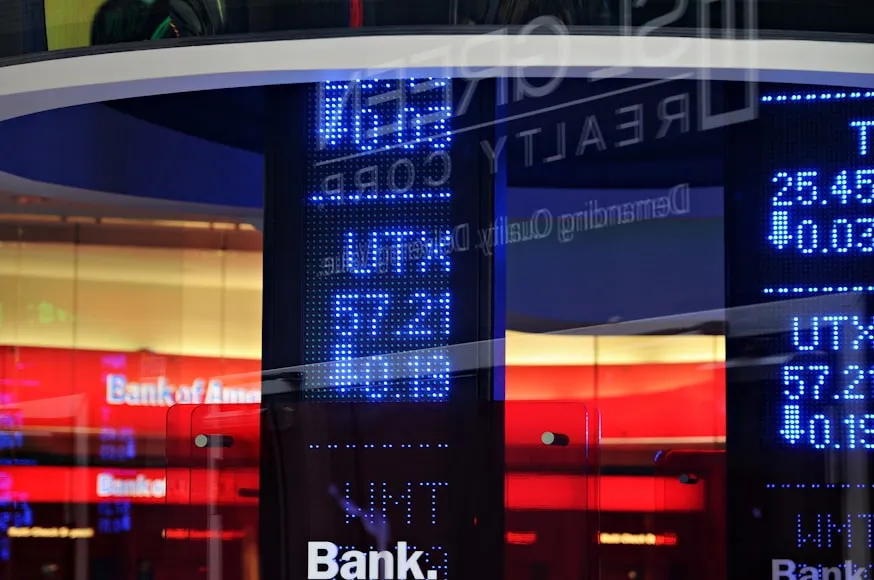Recently, I have noted a remarkable transition on Bitcoin trading, especially in US market hours. The rise of Bitcoin trading during this time is quite amazing, now accounting for almost half of the total trading volume in the year to end of April. This move is not just an isolated case but seems to be associated with the advent of spot-Bitcoin exchange-traded funds (ETFs) lately.
These ETFs were launched in January and they had a significant impact. One of the primary reasons behind this change is that these ETFs calculate their net asset values every weekday after close of US stock exchanges. Such timing has resulted into increased transactions activities at these hours. Consequently, more price discovery and arbitrage trading are being experienced during US market hours. It is quite captivating to see how such systematic valuation has added stability and some degree predictability to Bitcoin trade.

Image source
It is fascinating how these ETFs have been embraced by investors. They just brought in nearly $13 billion of net inflows in a span of four months. Such an achievement makes it one of the best ever launches for any product in the field of cryptocurrencies. Among the days, Thursdays appear to be the busiest with almost 15% of daily volume occurring then. It is as if everybody is engaged in a trading frenzy preparing for the weekend.
However, there has been some slight deceleration recently. In May, net inflows fell to $925m. Although this is still a large amount, it represents a drop from previous months. A couple of reasons might be responsible including market saturation or investors waiting on their hands to see what happens next in crypto world.
On that note, there’s speculation going around that Ether could receive approval to launch its own ETFs as this cryptocurrency takes second place after Bitcoin.
The Securities and Exchange Commission are likely to decide on either one or more spot-Ether ETF application(s) soon. This might turn out to be another game-changer similar to when Bitcoin ETFs occurred, should it go through we may witness increased trading volumes and fresh flow of digital assets into cryptomarkets.
What I have noticed is the difference in trading volumes between Asian hours and American market hours. Despite US recovery to level of 2022, there has not been much change in the Asian volumes. This might be ascribed to the fact that United States’ exchange traded funds (ETFs) are highly structured and regulated hence offering a kind of security and stability that is lacking in other markets.
Another major consequence of these ETFs is on Bitcoin’s volatility. The fluctuations for bitcoin partially calm down during US trading session which indicates more stable environment for trading it. This reduced volatility signals positive changes for investors who were afraid of frequent price swings by Bitcoin. It also demonstrates that Bitcoin may be growing more related to traditional financial markets like S&P500 while detaching from other cryptocurrencies known as altcoins.
The development of the Bitcoin trading landscape is an evidence that the crypto market is maturing. ETFs introduction has brought in a new level of legitimacy and stability with more mainstream investors coming in. It’s exciting to ponder on what this will lead to later on when we think about Ether ETFs being around.
Seeing how far these changes have come, I feel very hopeful and intrigued. This however shows that cryptocurrencies are constantly changing. Now that US stock market hours have become so crucial in Bitcoin trading, it means a new era for investors across various sectors of the economy including the overall crypto market. I am eager to see how this trend develops further and what other opportunities it might create for traders as well as investors at large.